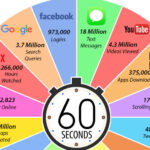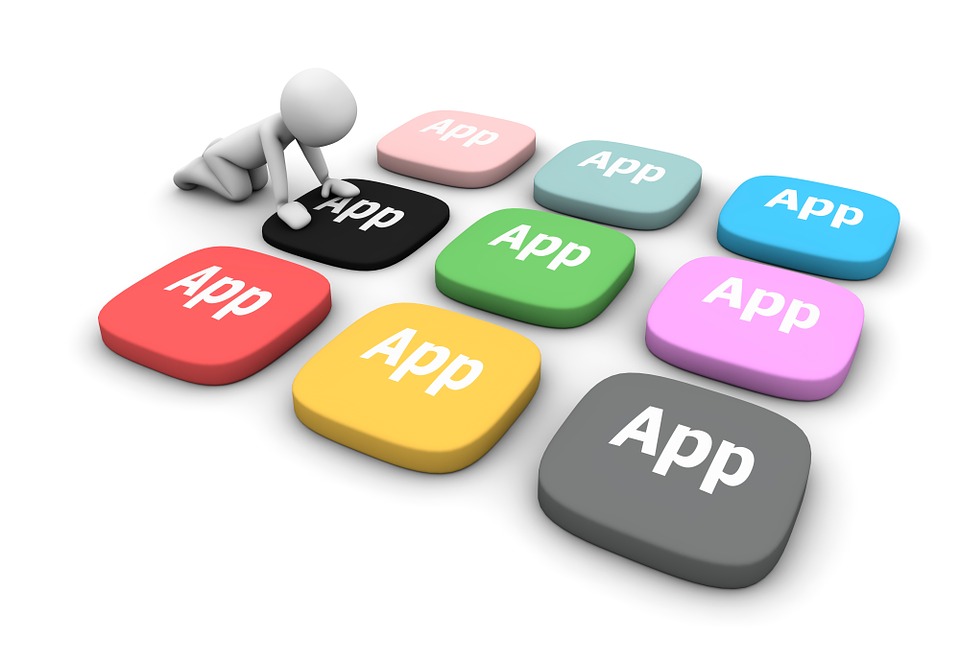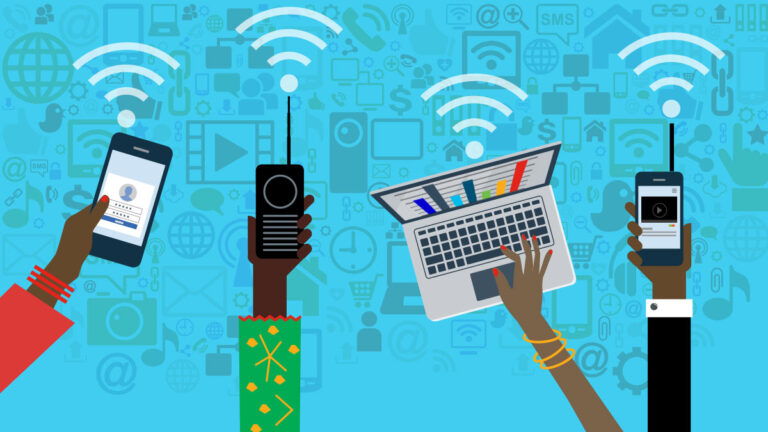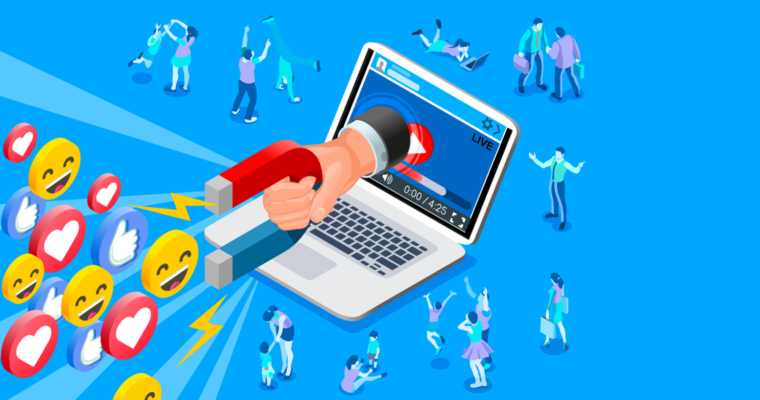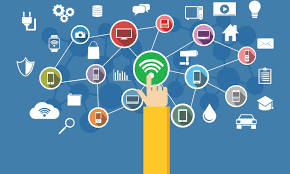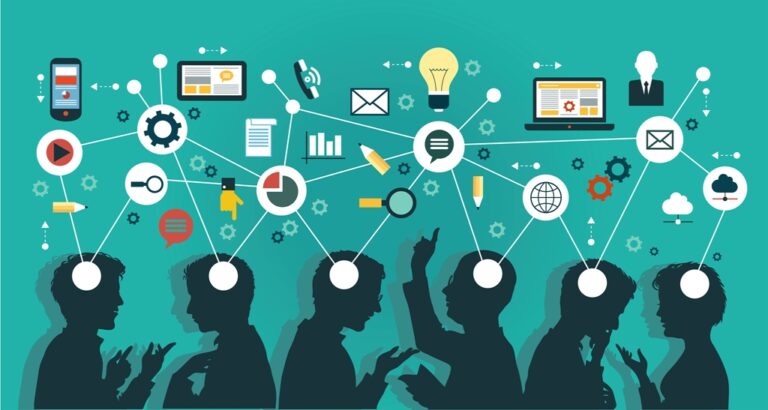In contrast to the on-premise model, where the software is physically installed on local computers, software-as-a-service means operating programming capacities hosted over the Internet in a cloud. This means that a SaaS application runs on cloud servers while users use its functionality remotely. Like any other internet-based service, SaaS is accessible via subscription without the need to add any additional hardware/software on-site. We will answer what is SaaS development? in this page.
In addition to the most viable subscription business model, SaaS software IBM development offers customers undeniable marketing advantages that can attract future users of SaaS applications.
Benefits Of SaaS
- Functional diversity: Users will find the required programming functions pre-configured with a cloud SaaS provider to be used almost immediately. The functions that are no longer required can be deactivated and removed from the user’s inventory.
- Easy to set up: users connect to a cloud server via a unique portal created for each SaaS user and do not need to add any hardware or software other than the one they already own
- Universal accessibility: The only thing required to access SaaS software in a cloud is the Internet. Even a failure of the power supply on-site is not threatening for a company, as the employees can access the software with mobile devices.
- Effortless Security: Cloud providers focus more on security and cyber defense than any company on its own because the cloud business requires constant updates to security and governance in response to the ever-evolving cyber threats
- Flexible scalability: Any seasonal fluctuation in the user’s demand for computing power, bandwidth, or any SaaS software functionality is never a problem for SaaS providers, as customers only pay for the services they use. The providers always have enough free capacity, both in performance and functions, to scale customer requirements up and down.
- Invulnerable recovery: Since every user shares the cost of the on-cloud hardware with other users, the SaaS providers have more than enough options, a backup and recovery process at the lowest possible level with the most significant possible scope for each user for each Perform iteration of an IT incident
- Optimization of service costs: The lowest possible investment in enterprise-scale computing is what the SaaS providers offer their numerous users who have the most crucial choice between the desired services, which are available by subscription “in bulk” without paying upfront for software.
How We Create SaaS Solutions
We never expect a detailed professional description of the project from our customers in the smart home. What is needed is just an idea of the future SaaS application with several functions to offer users. The company’s job is to finalize everything and turn the idea into an MVP or a prototype as we are the experts in SaaS software development.
- Choosing a cloud provider: Since the calculation in the background is crucial for SaaS, companies begin with the analysis and comparison of the available cloud services to offer our customers the best possible cloud hosting for future SaaS applications.
- Configuring the CDN: Future users can get the best experience by accessing the closest cloud servers when a SaaS application is running. Companies set up the most suitable content delivery network for the respective project during SaaS software development.
- Optimizing UI / UX: A SaaS application’s redundant features and unnecessary user interface elements can be frustrating for end-users. Not everything that is in proprietary software also fits SaaS. The company helps its customers keep a thin line between the user interface elements so that the end-users can benefit from the clear and consistent SaaS software development.
- Choosing a technology stack: companies offer a wide range of technologies to build any SaaS application. Since every project is unique, we suggest to our customers what would best suit their SaaS app: JavaScript frameworks or HTMP / CSS for the client-side, Node.js or PHP for the server-side, MySQL or PostgreSQL for the database, Nginx or Apache for the server, etc.
You may also interested to know more about smart curtains.







